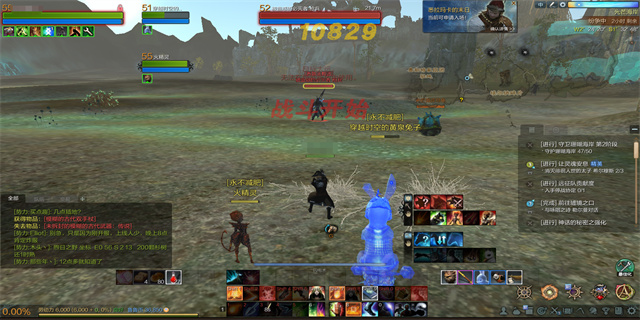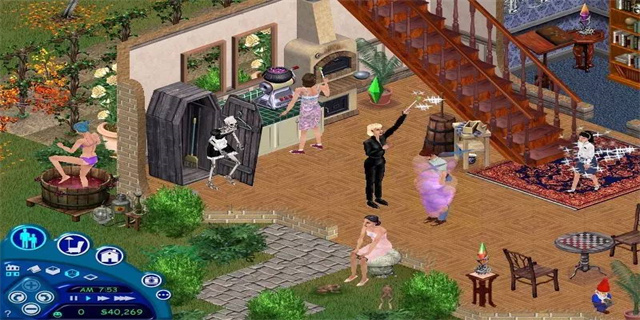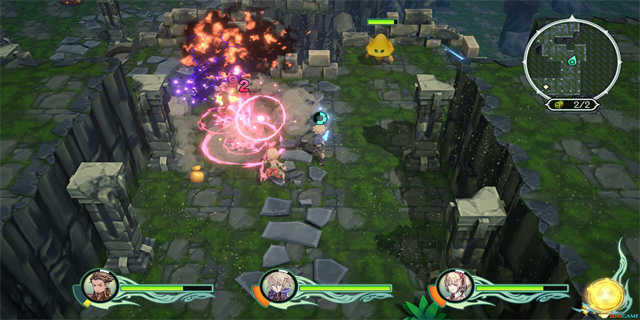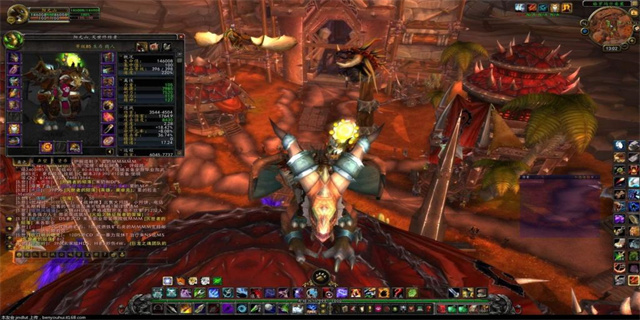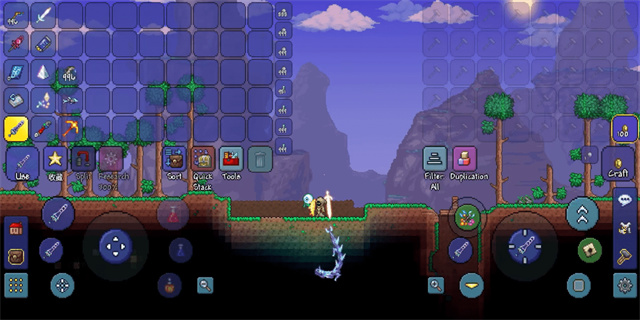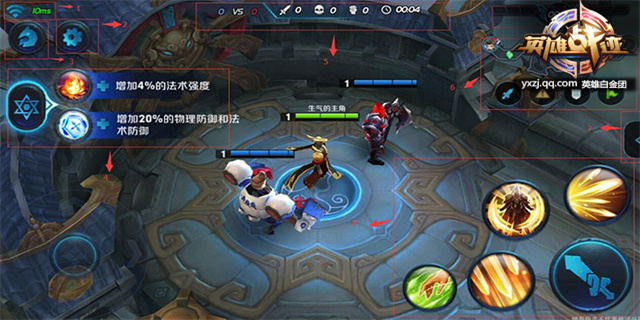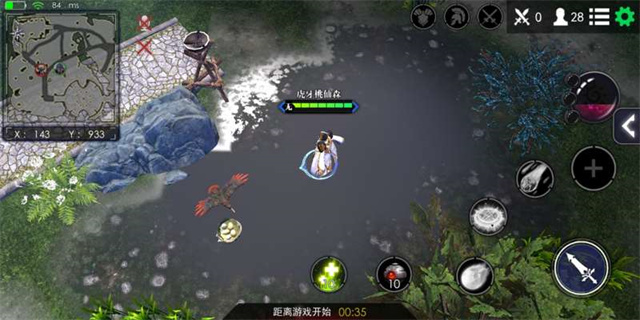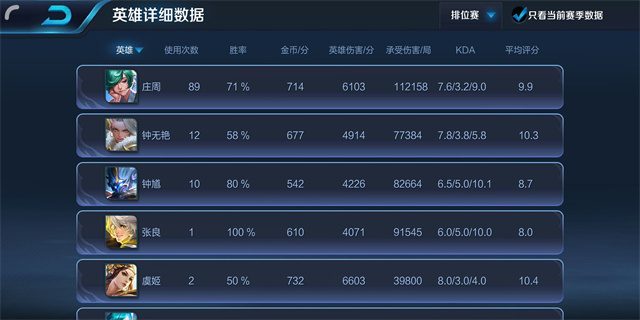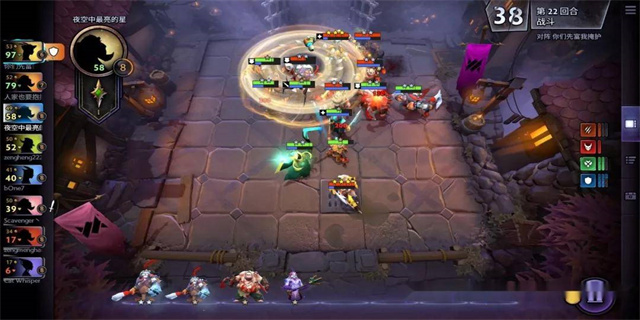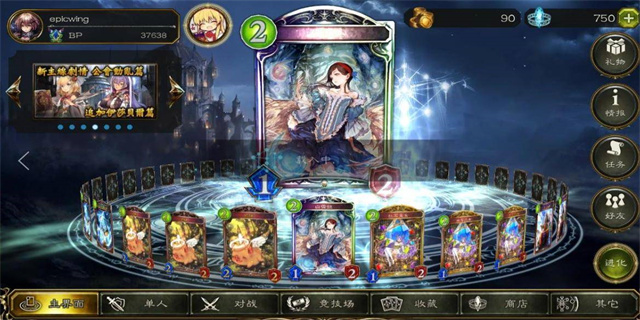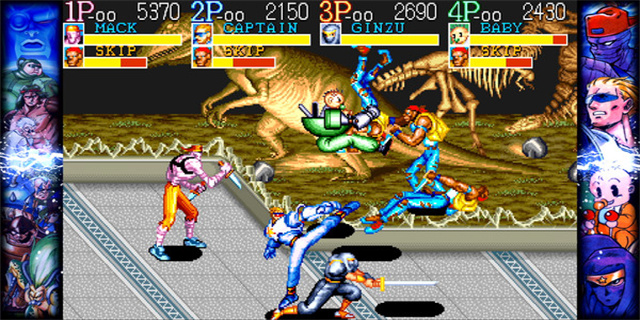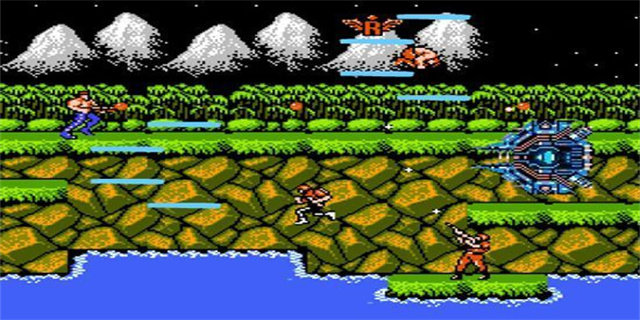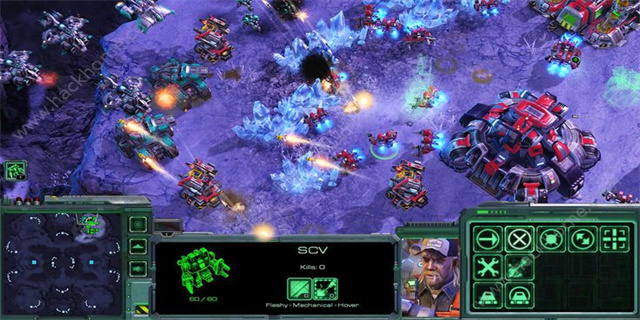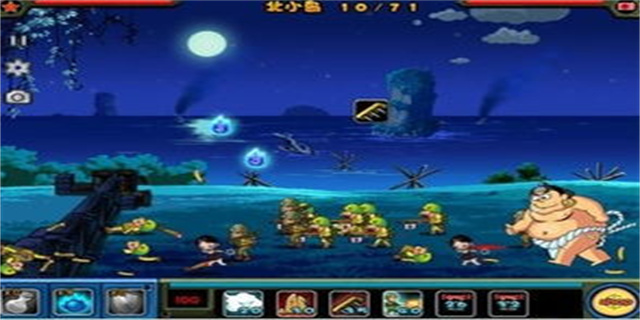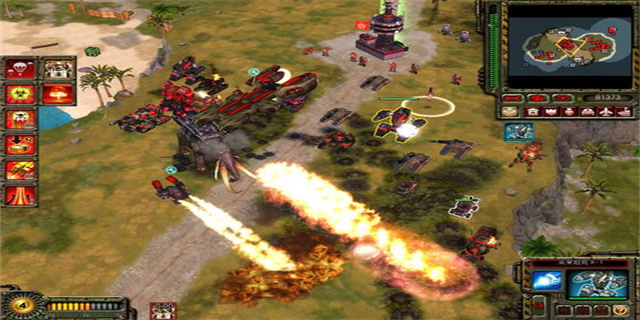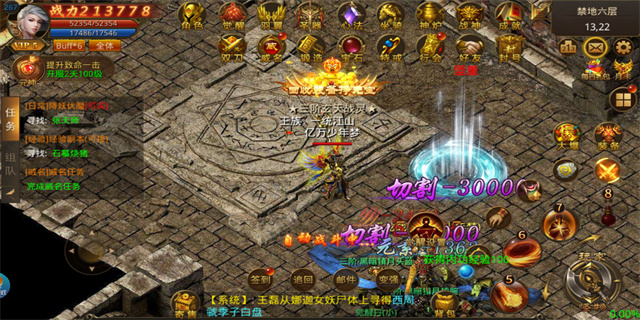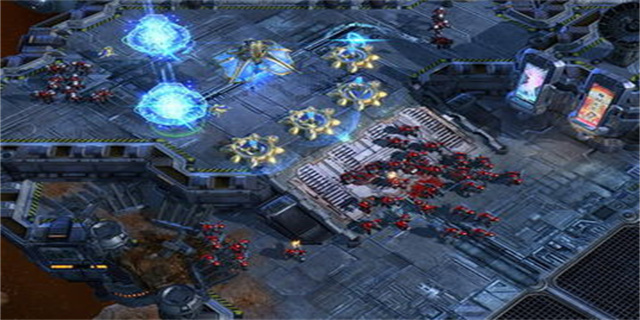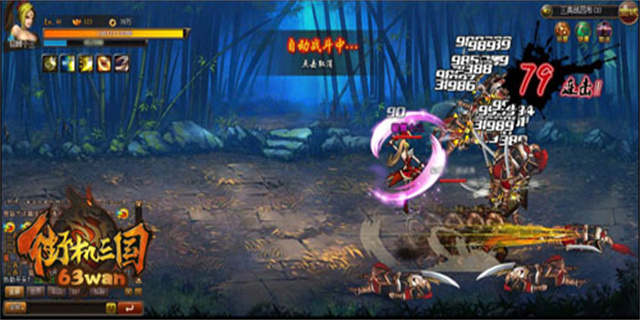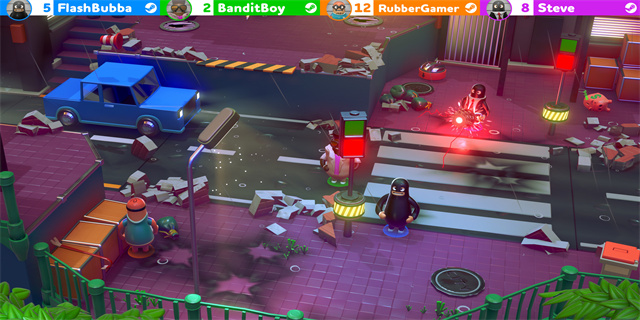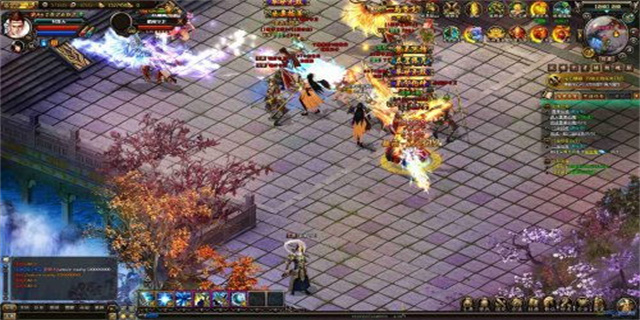Resource Hacker: An Essential Tool for Windows Customization
The world of Windows customization is filled with countless tools and software that enable users to personalize their operating system and make it truly their own. Among these tools, one stands out as a powerful and versatile option - Resource Hacker. In this article, we will explore what Resource Hacker is, how it works, and its various use cases that make it an indispensable resource for Windows enthusiasts.
Understanding Resource Hacker
Resource Hacker is a free utility that allows users to view, modify, add, or delete resources in executables (EXE), dynamic link libraries (DLL), and other resource files. Developed by Angus Johnson, this tool essentially provides a way to peep inside Windows application files and modify various elements such as icons, strings, menus, dialogs, and even the program's behavior itself.
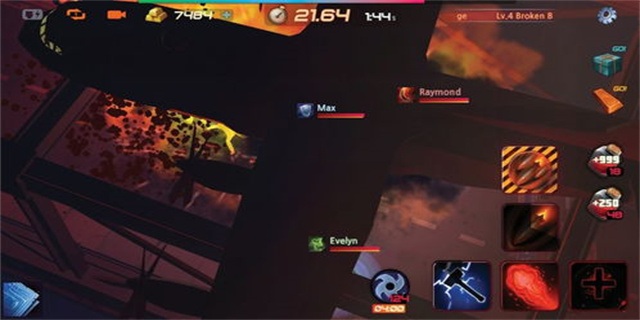
The immense power and flexibility of Resource Hacker come from its ability to edit the resource section of an application, which holds crucial elements that determine the look, feel, and functionality of a program. By accessing and modifying these resources, users can customize Windows applications to better align with their preferences and needs.
Exploring the Features
Resource Hacker offers a wide range of features, each designed to empower users in their customization endeavors:
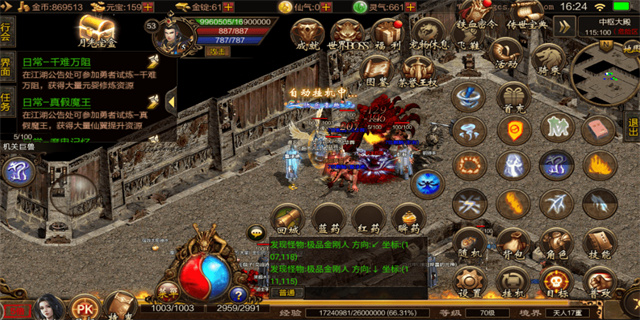
Viewing and Modifying Resources
The primary function of Resource Hacker is to allow users to view and edit resources embedded within Windows files. With just a few simple clicks, users can open an executable or DLL file and explore its resource section. The tool provides a comprehensive list of all available resources, allowing users to inspect, extract, modify, or replace them as they see fit.
Whether it's changing an application icon, editing menus and dialogs, or altering strings and messages, Resource Hacker provides a straightforward interface and intuitive controls to perform these tasks with ease. This versatility makes it an invaluable tool for both beginners and advanced users.
Resource Script Editing
In addition to modifying existing resources, Resource Hacker enables users to create new resources from scratch or edit existing ones through resource scripts. These scripts, written in a simple text format, specify the elements and properties of a resource, allowing for granular customization.
By using resource scripts, users can define new dialogs, add custom icons, change text strings, and perform various other modifications. Resource Hacker's resource script editor offers syntax highlighting, auto-completion, and error checking, making it a powerful resource scripting solution for both beginners and experienced users.
Extracting and Importing Resources
Another key feature of Resource Hacker is the ability to extract resources from an application or library and save them as individual files. This makes it easier for users to analyze and modify specific resources without needing to access the entire file. Resource Hacker supports extracting and saving resources in various formats, including icons, images, cursors, sounds, and text files.
Conversely, the tool also allows users to import external resources into an application or library. This enables users to incorporate custom elements, such as icons or bitmaps, into existing programs, further enhancing the customization options provided by Resource Hacker.
Use Cases for Resource Hacker
Resource Hacker finds applications in numerous scenarios, making it a vital tool not only for personal customization but also for software developers and system administrators:
Customizing Application Appearance
One of the most common uses of Resource Hacker is to customize the appearance of Windows applications. Users can replace default icons with custom ones, modify button labels and menu entries, or change the positioning and appearance of dialogs. This allows for a more personalized and visually appealing user experience.
Localization and Translation
Resource Hacker plays a crucial role in software localization and translation, especially for developers targeting a global audience. By accessing and modifying resource strings, developers can easily change the language used in an application's user interface. This simplifies the process of adapting software for different regions, making it accessible to a wider range of users.
Debugging and Reverse Engineering
Resource Hacker's ability to extract and modify resources is also advantageous for developers and researchers involved in debugging or reverse engineering. By analyzing the resources used by an application, developers can gain insight into its inner workings, identify potential vulnerabilities or performance bottlenecks, and explore ways to enhance or patch the software.
Conclusion
Resource Hacker is a versatile and powerful tool that empowers Windows users to customize applications, personalize their operating system, and gain deeper insights into software internals. With its user-friendly interface, extensive feature set, and wide range of applications, Resource Hacker has rightfully become an essential resource for any Windows enthusiast, developer, or system administrator seeking to enhance their Windows experience.

